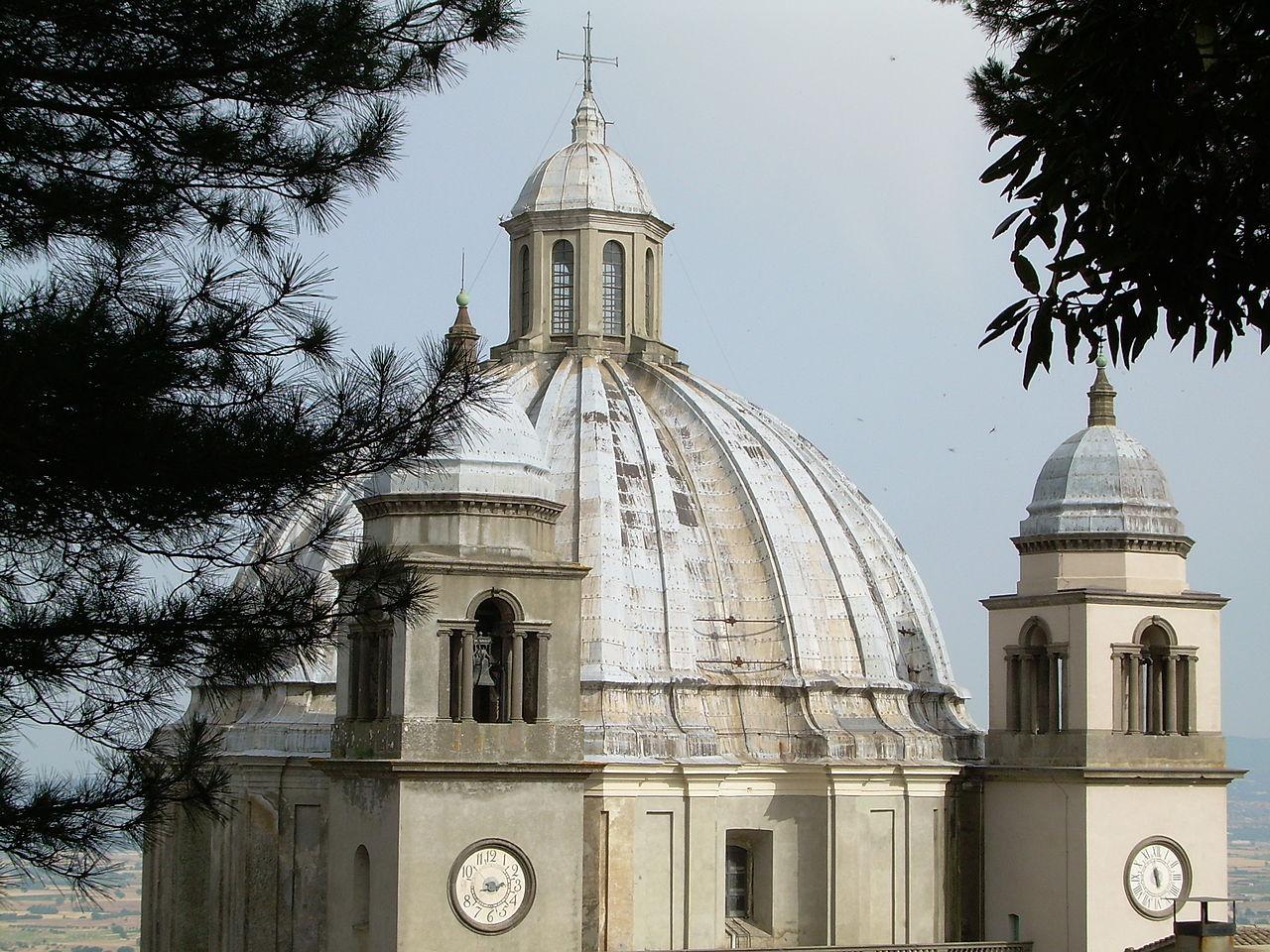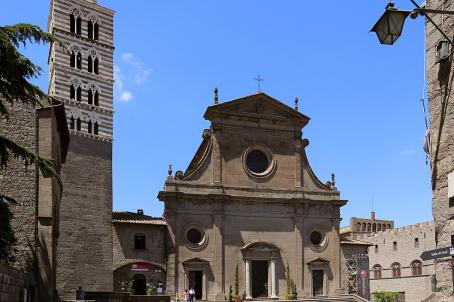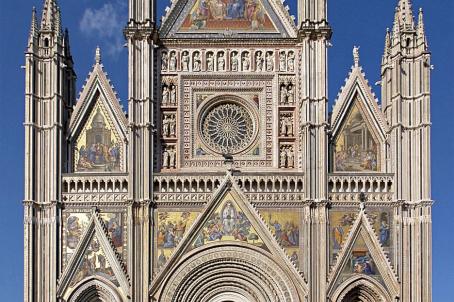Montefiascone Cathedral
Montefiascone Cathedral was built when Pope Urban V instituted the Diocese of Montefiascone (14th century). The construction of the dome took place from 1670 following a terrible fire on the night of Good Friday which destroyed the roof of the cathedral and part of its interior. The dome, with a diameter of 27 metres, is one of the largest in Italy.






